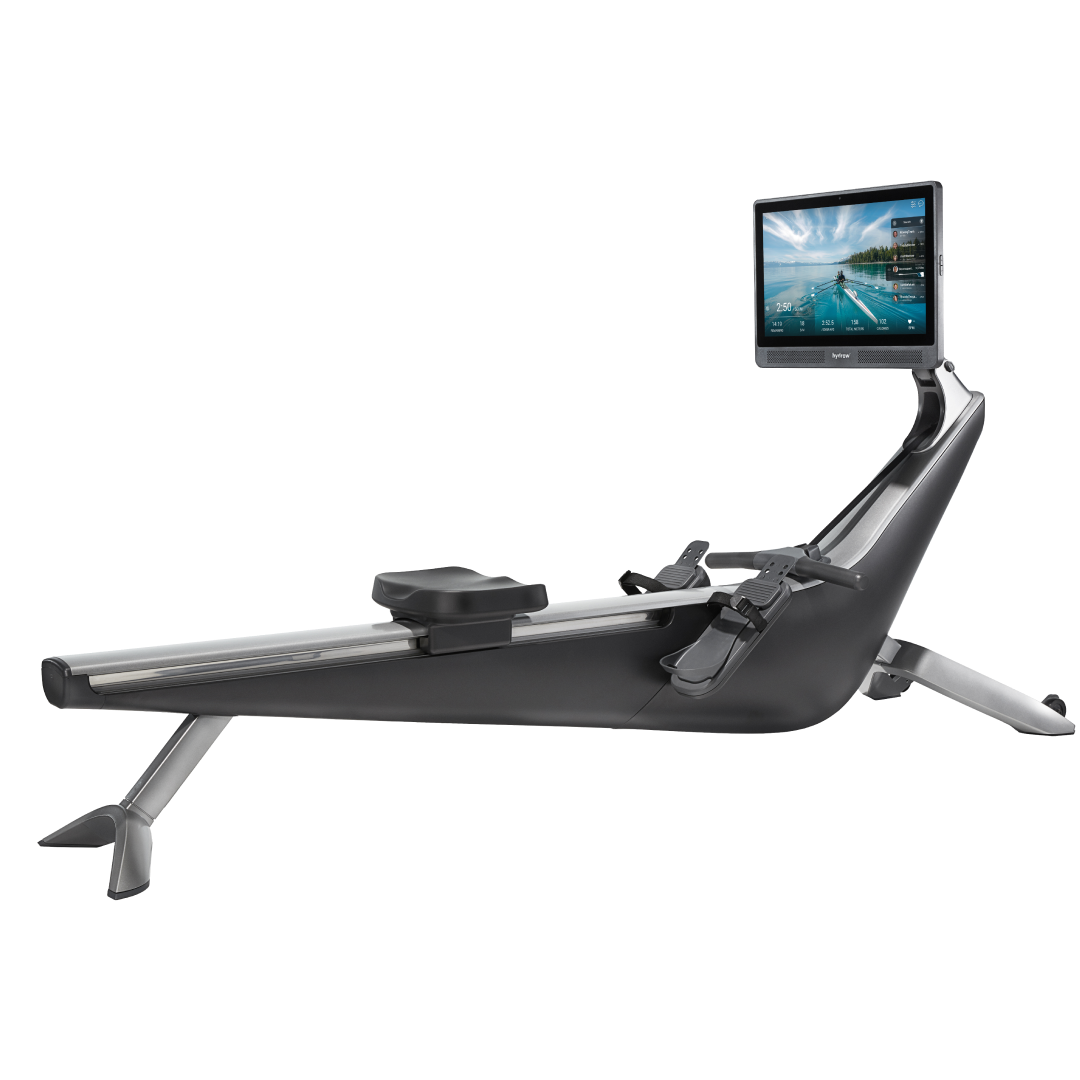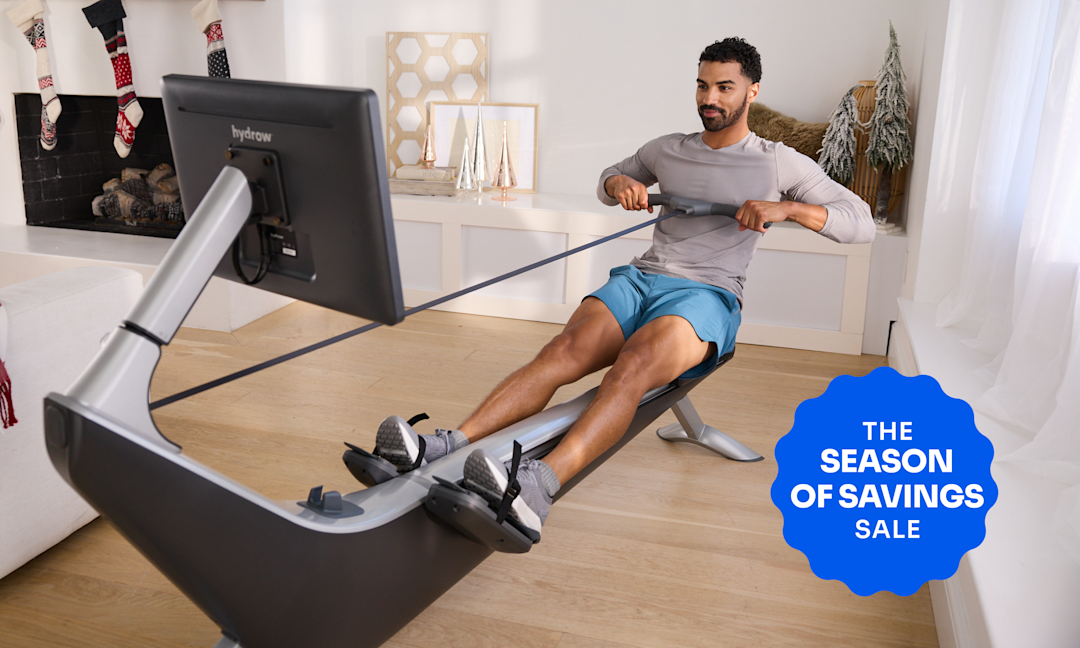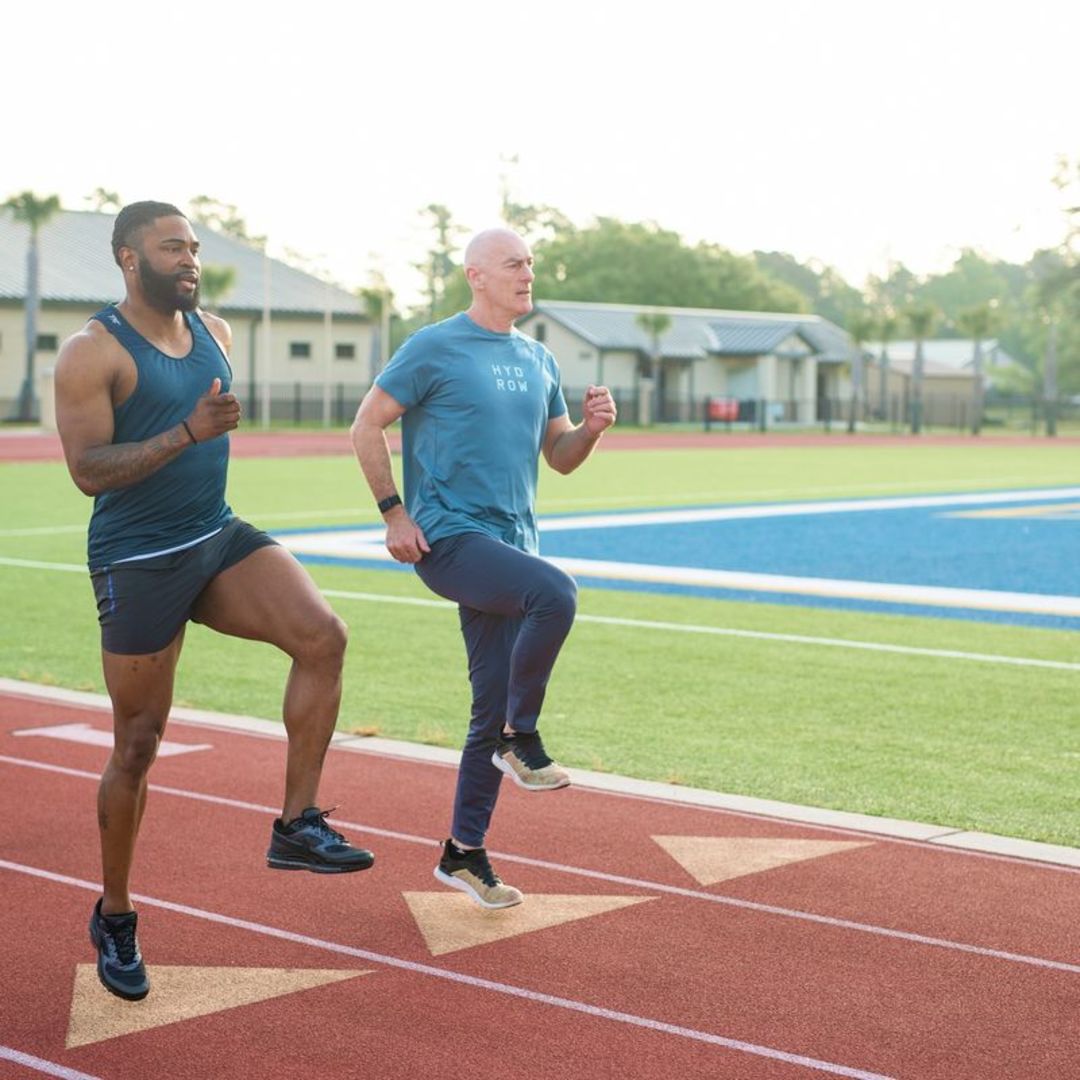What Should My Heart Rate Be When Working Out?

When it comes to exercise metrics, your heart rate (HR) can say a lot about you. Tracking your heart rate is extremely useful for a simple reason: It tells you how hard you are working!
If you’re wondering, “What should my heart rate be when working out?” but aren’t sure which numbers you should aim for, using your heart rate as a training tool can feel complicated or out of reach. But it’s not!
In this blog, we'll break down:
Why it’s important to know your heart rate during exercise
At the most fundamental level, endurance exercise increases your heart rate for a sustained amount of time. Since your heart is a muscle, elevating its beats per minute (BPM) causes it to work harder and grow stronger.
The key to a successful workout is to reach and maintain a heart rate that will stimulate that strengthening and all the great benefits that go along with it. This is typically somewhere between 50% and 85% of your maximum heart rate.
You neither want to burn yourself out nor waste your time, so it’s valuable to know exactly how hard you’re working.

Cardio and Strength, Combined
Burn calories and build muscle with a Hydrow rowing machine.
Factors that affect your heart rate’s response to exercise
Your heart rate is influenced by many factors both in your day-to-day life and throughout your lifetime. Some factors that may affect your HR’s response to exercise include:
Age: Your maximum heart rate is not an indicator of fitness — it’s genetic! — but it does decrease with age.
Cardiovascular fitness: As you train and your heart grows stronger, you will find that your heart rate decreases relative to the work you are doing (aka it feels easier to go faster).
Heat and humidity: Your body has to do more work to cool you off in high heat and humidity, so your HR will increase. In a cold room, the opposite holds true.
Diet: A change in diet will almost always affect your HR, for better or for worse!
Sleep and recovery: A poor night of sleep can cause an increase in your resting HR the next day and will likely carry over to your workout.
General health: If you are sick, your body is doing work to fight it off, and exercise will put more strain on your heart than normal.
Stress: If something is stressing you out and you feel your blood pressure rising, that will carry over to your workout.
Hydration: If you are dehydrated, your blood is thicker than normal, so your heart has to work a little harder to pump it around your body.

Season of Savings Sale
Just in time for the holidays—bring a Hydrow home. Don't miss these exclusive offers!
The benefits of exercising within your target heart rate zone
Depending on your goals, you can use specific heart rate zones to achieve specific adaptations within your body. Here is a breakdown of the five main HR zones, what percent of your maximum heart rate they target, and the results of training in each:
Zone 1 (50%–60% of Max HR, Fuel: Fats)
Zone 2 (60%–70% of Max HR, Fuel: Fats)
Zone 3 (70%–80% of Max HR, Fuel: Fats and Carbohydrates)
Zone 4 (80%–90% of Max HR, Fuel: Carbohydrates)
Zone 5 (90%–100% of Max HR, Fuel: Carbohydrates)
Zone 1 (50%–60% of Max HR, Fuel: Fats)
Working in this zone will work up a light sweat but should still feel easily sustainable. This zone should be used for recovery and light training days. If you spend too much time here during workouts, you will likely not be working hard enough to promote a stronger aerobic base.
Zone 2 (60%–70% of Max HR, Fuel: Fats)
Working in this zone should feel sustainable but require enough effort to effectively build your aerobic capacity. This is a great zone to train for most workouts if your goal is to feel healthy and fit.

What’s your fitness style?
Take our quiz and receive a customized 14-day training program.
Zone 3 (70%–80% of Max HR, Fuel: Fats and Carbohydrates)
Some refer to Zone 3 as the “sweet spot.” Especially if you are crunched for time and work out three to four days per week, training in this zone finds the “sweet spot” between effort and duration, and improves both strength and aerobic endurance.
Just 20 to 30 minutes here will put your body under stress for a sustained amount of time, but not for so long that you can’t recover to do it again in a day or two.
Zone 4 (80%–90% of Max HR, Fuel: Carbohydrates)
In Zone 4, your body is working at its maximum sustainable level. That means that the byproducts of exercise are still being cleared from your blood, but any more work will cause a very sharp rise in your perceived effort. Zone 4 should feel tough, but not unbearable. Training in this zone is great for improving your VO2 max.
Zone 5 (90%–100% of Max HR, Fuel: Carbohydrates)
In Zone 5, your body is working on all cylinders. It is no longer able to clear the byproducts of exercise as quickly as you produce them, and therefore most people cannot sustain this pace for more than a minute or so. Touching Zone 5 at the end of harder workouts can improve your maximum output overtime and build strength.
How to find your ideal target heart rate zone
To identify your target HR zone, you’ll need to define your goal. Depending on what you are trying to achieve (increase aerobic fitness, lose weight, gain strength, etc.) you should aim for one of the five HR zones defined above. Once you have picked a zone, you can estimate your personal heart rate range based off of your maximum HR.
The standard way to estimate max HR is by subtracting your age from 220.
Here’s an example for someone who is healthy, 50 years old, and wants to target Zone 2:
Max HR = 220 - [Age]
Max HR = 220 - 50 = 170 BPM
Zone 2 = 60% – 70% Max HR
Zone 2 = (0.6 x 170 BPM) - (0.7 x 170 BPM) = 102 BPM – 119 BPM
So, with a maximum heart rate of 170 BPM, this person would target a heart rate of 102 BPM to 119 BPM when doing Zone 2 workouts.
How to monitor your heart rate during exercise
The simplest way to monitor your heart rate during exercise is with a heart rate monitor (HRM). There are many HRMs on the market that vary in accuracy, price, and where they’re worn. Many come built into smart watches, while other external HRMs will pair to your smartwatch via ANT+ or Bluetooth.
Especially for rowing, the most accurate way to measure your HR is with a monitor worn on the bicep or chest that is paired to your watch. Wrist monitors work as well but can sometimes be interrupted by the motion of the rowing stroke.
Related blog: How to Lower Your Resting Heart Rate
If you aren’t ready to commit to an activity tracker, you can always try out HR training by taking your pulse on your wrist or neck during physical activity and exercise.
What is considered a dangerous heart rate when working out?
If you work out consistently, it’s not necessarily dangerous to briefly touch your max HR during a workout (though most people cannot sustain it for longer than 10 to 60 seconds). You can go for it as long as you don’t feel chest pain or abnormal heartbeats during your effort.
However, if you have a history of heart disease or other heart-related problems in your family, always consult a doctor about how to exercise safely before starting a new program.
Maximize your workouts with Hydrow
Monitoring your heart rate is a fantastic way to maximize the physiological results of your workouts. Because your HR can be affected by so many variables in your day-to-day life, monitoring it tells you what your body is experiencing, even when you yourself might not realize it. Over time, it is a dependable way to track progress as you improve your fitness level.
If you want to try out HR zone training with new types of exercise, check out the huge library of rowing machine workouts on Hydrow. Rowing works a whopping 86% of your muscles in a single stroke, making it a highly efficient yet low-impact addition to your exercise routine.
Learn more about using rowing to improve your cardiovascular health in this blog: “Is Rowing Good Cardio?”

Explore Hydrow
Learn more about how you can transform your fitness routine with a rowing machine.




